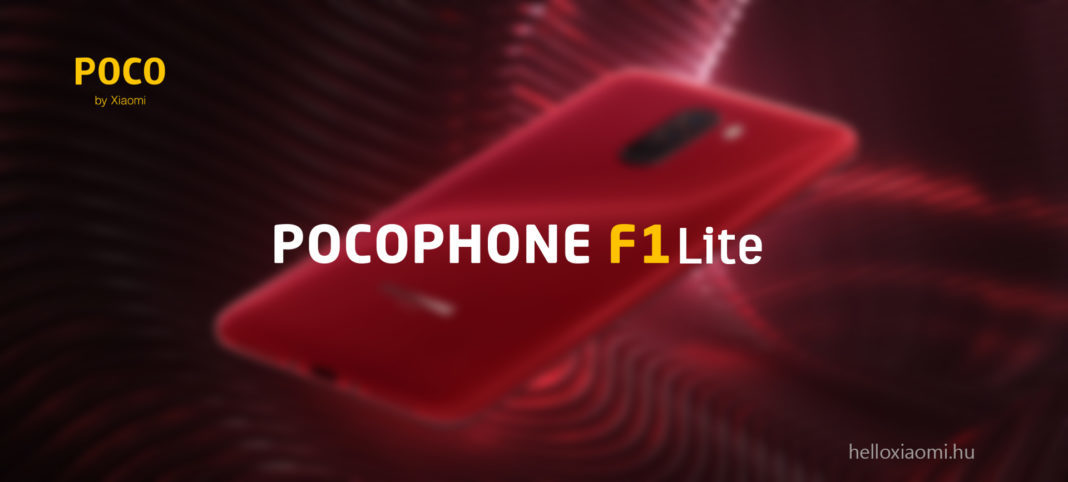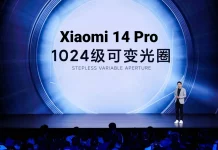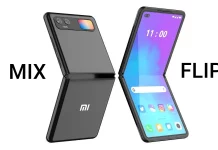Xiaomi established Pocophone as an independent Indian sub-brand in the summer of 2018. The POCO model family has so far boasted a single member, which has attracted attention with its extremely fair pricing and has become a popular smartphone in our country as well. The F1 is equipped with a Snapdragon 845 flagship processor, 4000mAh battery, 6GB RAM, storage expansion option, 3.5mm jack connector, and a Mi 8 sized 6.21″ notch display with FHD+ resolution, but now with an IPS panel.
The Poco F1 is clearly designed for a younger generation where gaming demands performance, but not at a hefty price tag. It has a powerful processor, stable operation, and presumably a dedicated liquid cooling system because of the plastic back. This means a paste pouch over the processor, which isn't exactly a Black Shark solution, but it's just as efficient as it needs to be. Of course, the cost-cutting has come with compromises, most notably in the rear camera unit, where image quality is only average. But the manufacturer has played its cards right, and on the whole they've managed to make a decent device. However, there have also been major improvements in software, with their own Poco Launcher quickly becoming a success and available from the Play store, and the hybrid of a little MIUI, a little Android One, with other UI solutions, and the overall look is vibrant, youthful and likeable.
This year, the manufacturer could precede the model change (Poco F2) with an even more affordable brother, which, according to the Geekbench database, could get a year and a half old processor, the Snapdragon 660. Yes, it's the new SD625 for 2019, but it's much more powerful and more advanced. Xiaomi first announced the Mi Note 3-which then followed in the footsteps of the SD820. Later on, this processor was also used in the Mi 6X, Mi A2, Mi 8 Lite, Redmi Note 7. It's plenty enough to do everything you'd expect in the upper mid-range a year and a half ago, and in the mid-range nowadays.
However, the table shows a clock speed of 1.61GHz, as opposed to the 1.8GHz used in the Redmi Note 7 / Mi 8 Lite. So this will be the base SD660 and not the upgraded, boosted clock speed.

However, as you can see from the scores in the table, despite the SD660's performance, it still lags behind models from other manufacturers using the same SoC. When compared only with Xiaomi models, the score is closer to the Redmi Note 5's Snapdragon 636. It is likely that the optimization is still ongoing and more details will be revealed soon. No reduction in display size is expected, a full display with a waterdrop notch in line with today's trends, and the use of a coloured plastic back cover for a more affordable price are suspected.
Based on the data so far, I expect the Hungarian price of the Poco F1 Lite 4+64GB version to be a good 10.000 HUF lower, around 60e HUF.
In the Geekbench database, we can also find a product codenamed Xiaomi Uranus, which has similar specifications and values to the Poco F1 Lite, which seems to be the same phone.
























